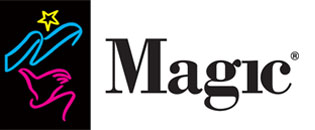Mounting Canvas onto Stretcher Frames
PREPARATION Allow images to dry for at least 24 hours before handling. Desired surface treatments should be applied and completely dry prior to stretching onto a frame. It is recommended to allow canvas to rest in room temperature for several hours before stretching. Canvas should not be stretched in temperatures below 65˚F as canvas is […]
